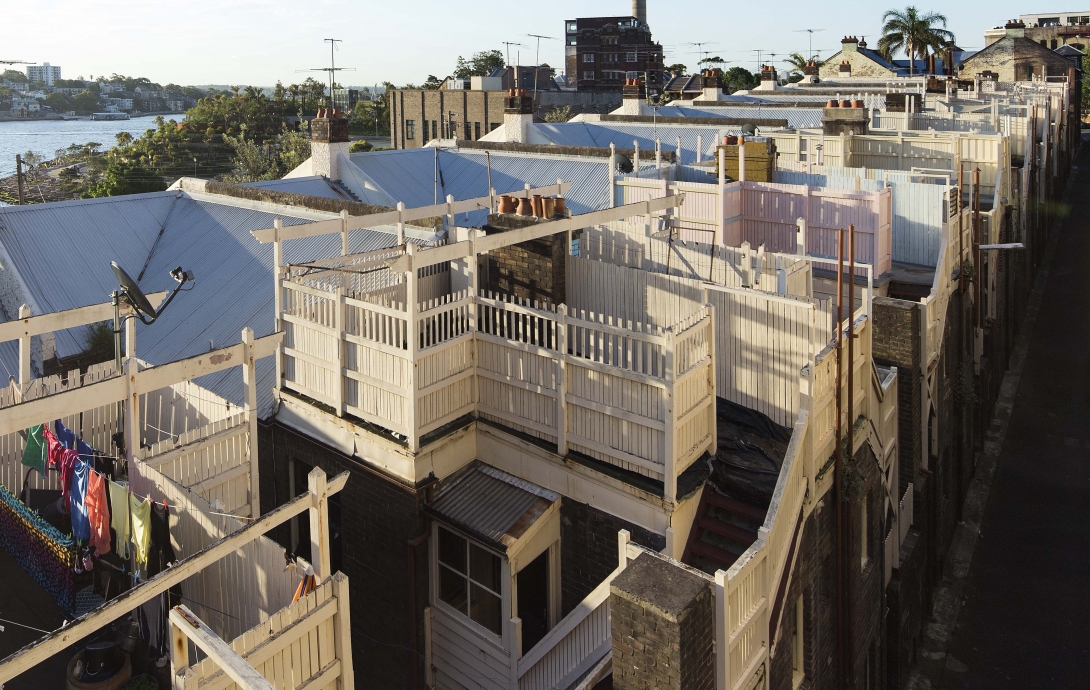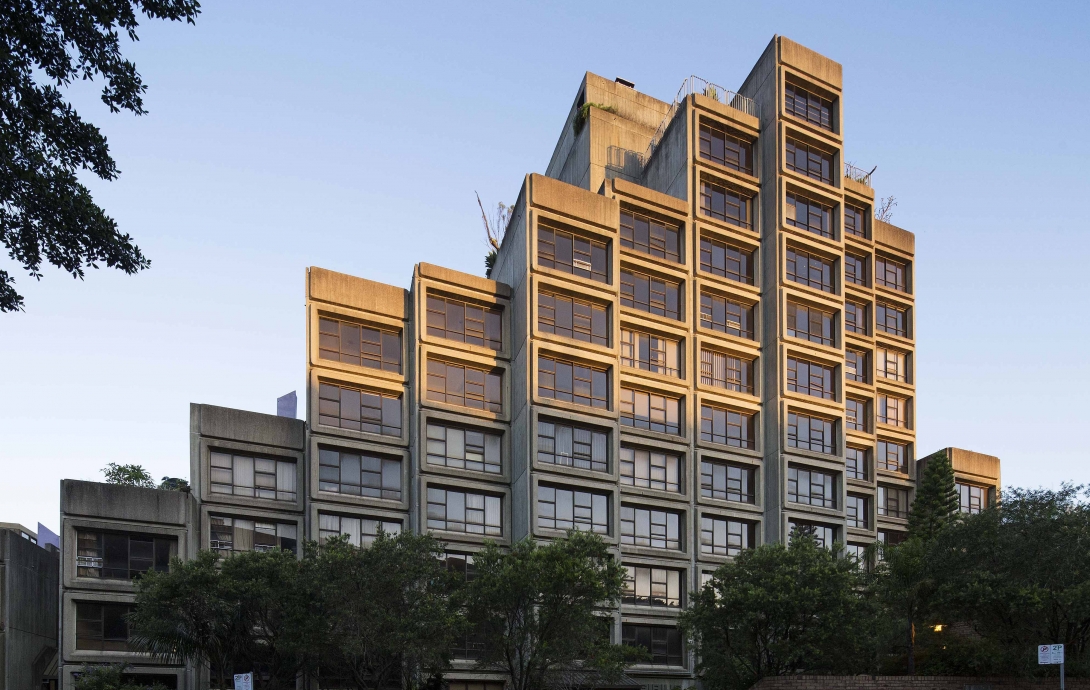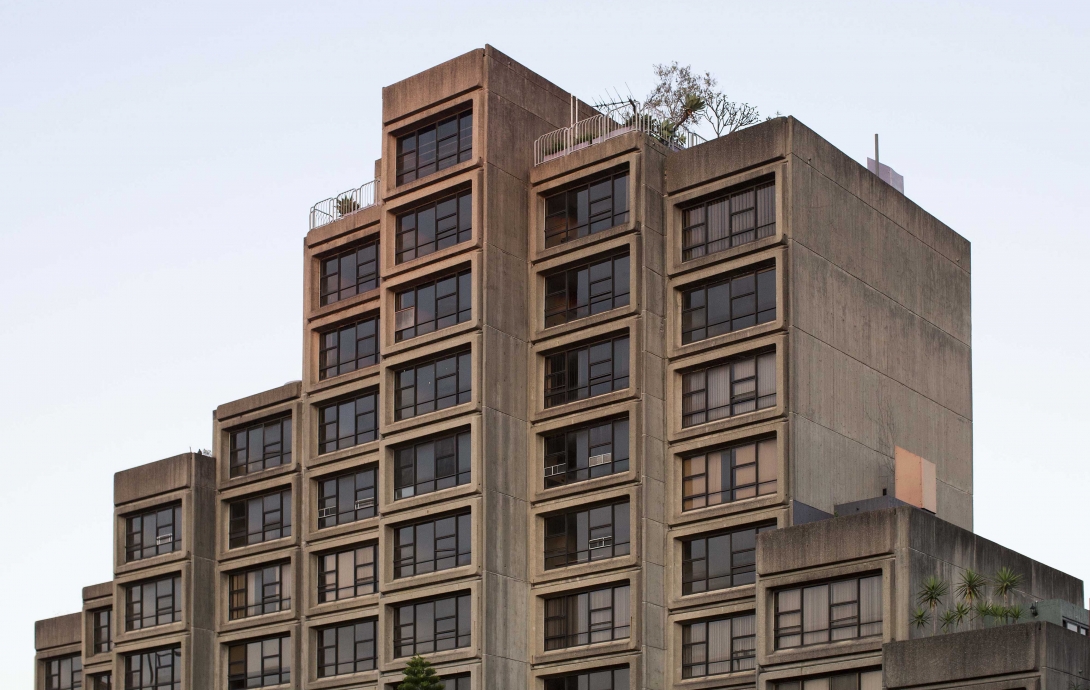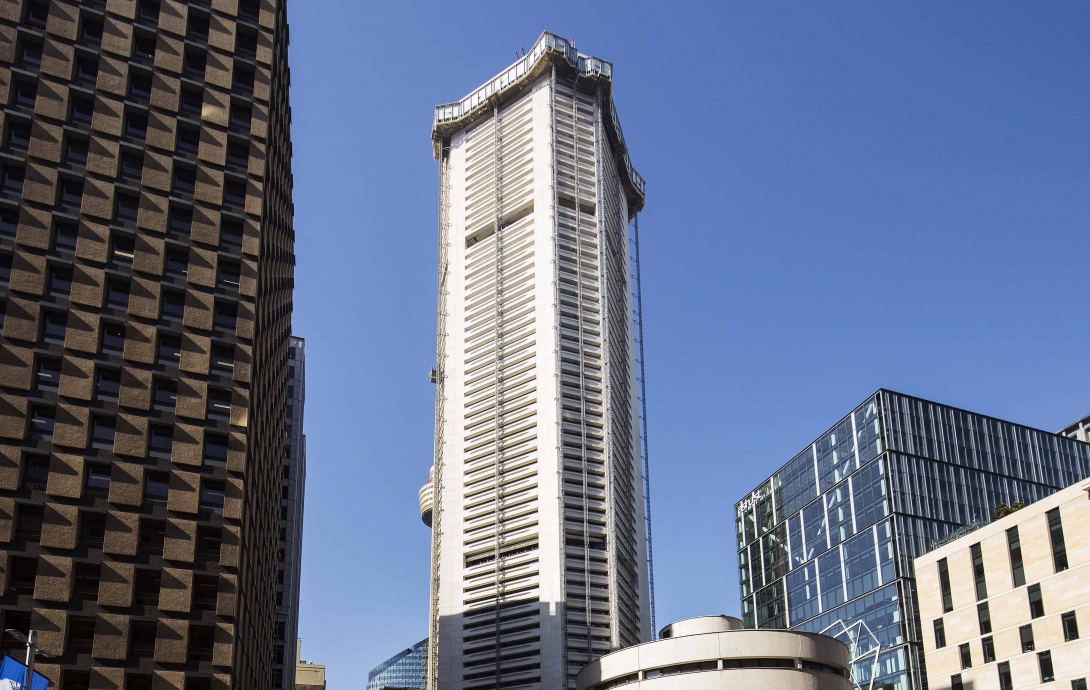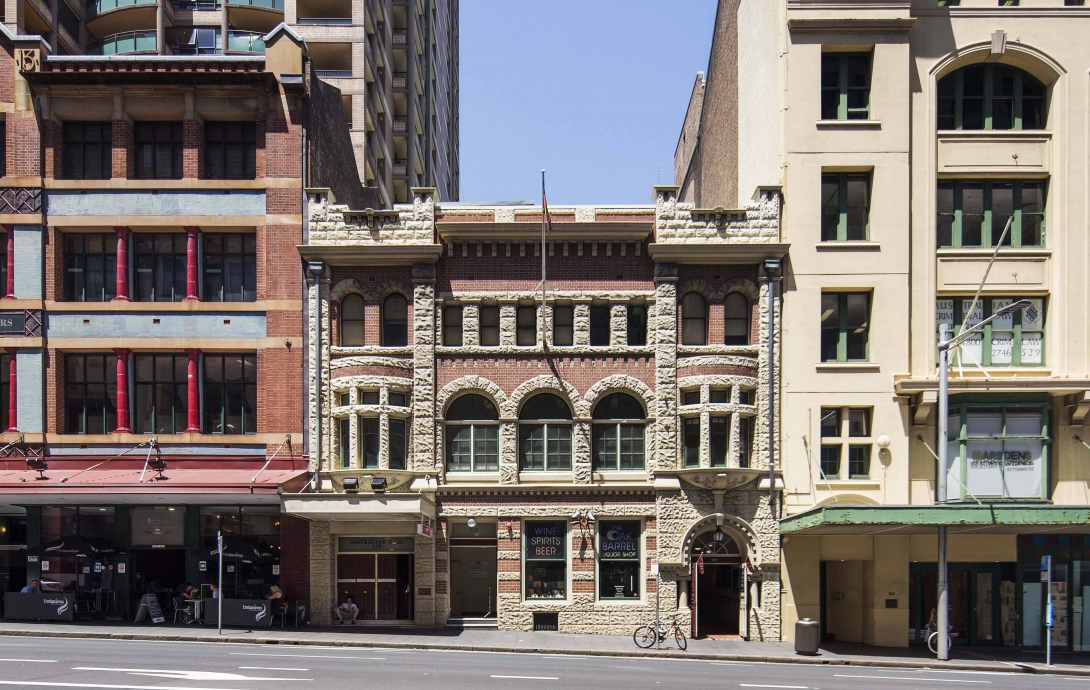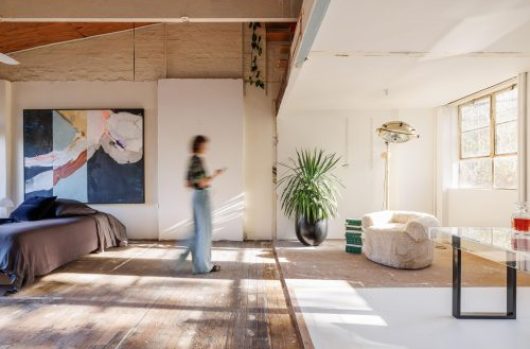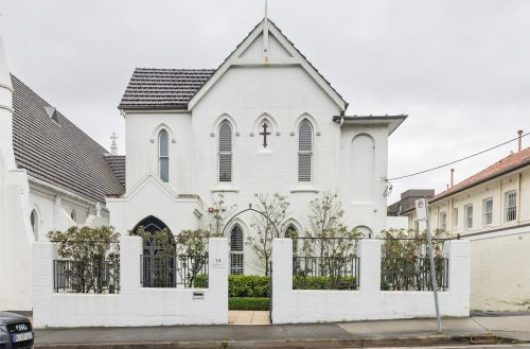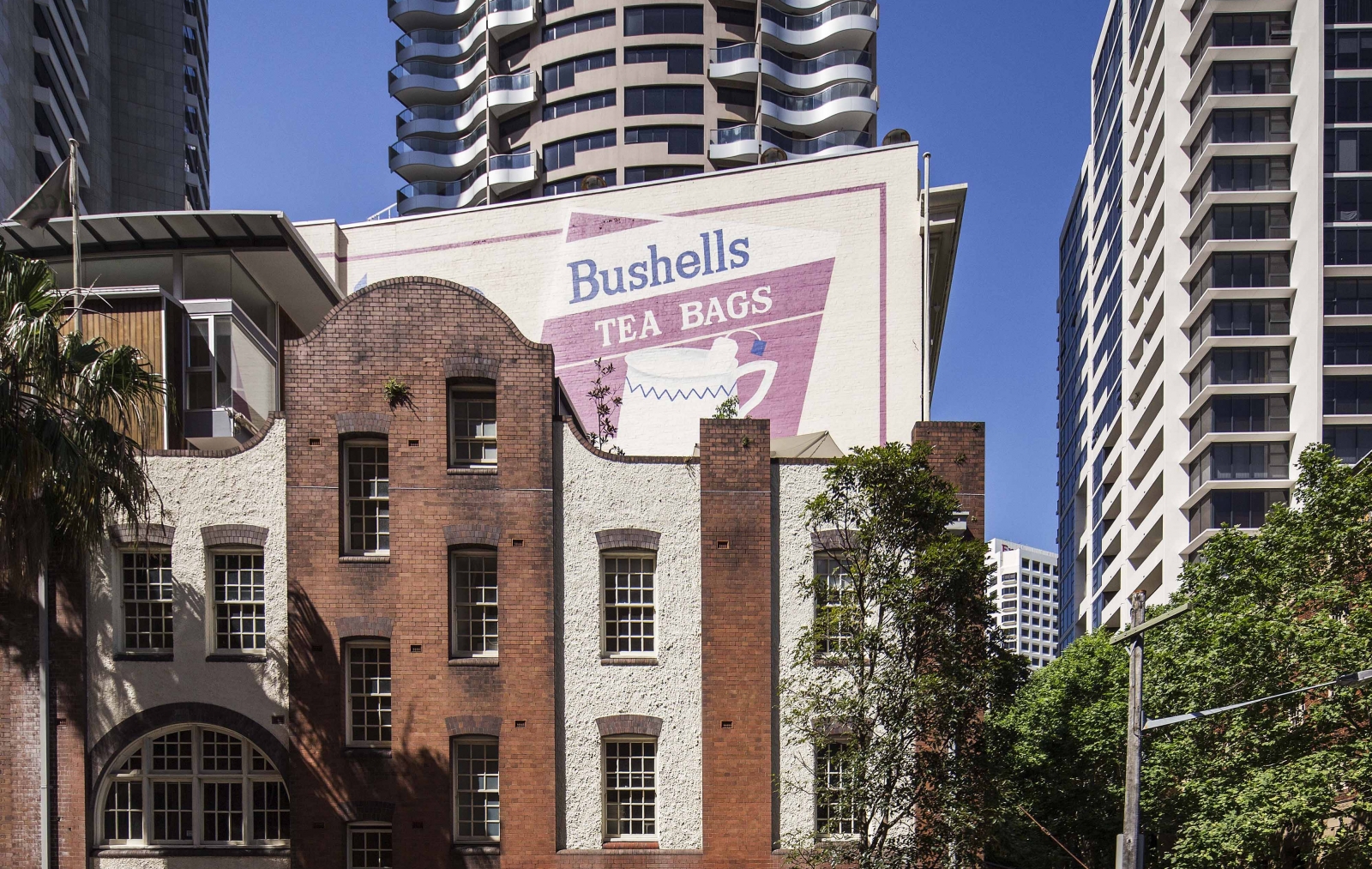
Heritage or bust
“Politicians, ugly buildings, and whores all get respectable if they last long enough.”
Remember this quote from Roman Polanski’s 1974 crime thriller Chinatown? You’ve got to agree, it’s on the money. Sydney loves its terrace houses: they’re cute, quaint and colourful with character in spades. But this wasn’t always the case and is it just because they’re old enough now, that we appreciate their virtues?
There’s no part of Sydney that speaks more clearly of its history than the small suburb of Millers Point near the Rocks. Perched up high with world-class views of the harbour, it was home to Sydney’s first public housing. From the 1920s, its streets of government-owned terrace houses were allocated to wharf-workers and their families at low-rent, and an unofficial system of informally inheriting the properties lasted until the end of the ‘80s. Today, a political debate rages on as the government has started selling off these houses – they’re clearly worth a packet now – but residents want to stay put.
One thing’s for sure in all this: the suburb was heritage-listed in 2004, and so even as new home owners move in, they must respect the past.
Back in the ‘70s it was a different story: their heritage value had not yet been recognised and Millers Point was at risk of being flattened, along with The Rocks, to make room for high-rise towers. It’s painful to imagine. In the late ‘70s one building did slip through the net and today is the only high-rise in the Rocks. Originally another public housing scheme, the Sirius building itself is also the focus of an ongoing debate: to demolish or heritage-list? For some, it’s an ugly concrete slab and an eyesore that should be knocked down to make room for something more sympathetic to the skyline. For others, it’s a rare example of ‘brutalist’ architecture and just as important to the city’s cultural make-up as the Federation terraces nipping at its heels.
It’s a question that goes round in circles. People protested when the famous 19th century Australia Hotel was demolished in the early ‘70s to make way for the Harry Seidler-designed MLC Centre in Martin Place. Surely if it has escaped the wrecking ball it would be heritage-listed now. But who’s to say Seidler’s skyscraper won’t be in years to come? Many of his other modernist creations are.
So how can you objectively assess a building’s cultural or historical value? Everything that’s built, after all, captures the spirit of its time and place. And sometimes even the most unassuming-looking buildings contain so many memories in their walls. Australian Hall, tucked in quietly on Elizabeth Street, is heritage-listed because of the historical events that have taken place inside: in 1938 it was where the first national Aboriginal civil rights gathering took place, known as the Day of Mourning. In its lifetime, it has also been important to German, Chinese and Greek-Cypriot communities.
One diplomatic response to the question is adaptive re-use. Earlier this year, director of LAVA and leading Sydney architect Chris Bosse was charged with the challenge of imagining a way to bring the Sirius building into the 21st century without knocking it down. “It’s been built to architectural and engineering standards from the 1970s which were up to date then but they’re not now,” he says. “The view I take is that we can preserve aspects of the building but you can also give it a new lease of life by adapting it to the present, and to the future. You could add outdoor spaces and so instead of having these small shoeboxes, you would have large generous terraces looking out at the Opera House and taking in the breeze. It’s a much more Australian way of living.”
At the end of the day, a patchwork of architecture is what makes cities interesting and at least we don’t have thousands of years’ worth of buildings to agonise over. “I remember a long discussion in China,” says Bosse, whose company has offices in Sydney, Shanghai, Stuttgart and Berlin. “With Beijing a few thousand years old, what dynasty do you actually preserve? Do you preserve the Ming Dynasty, the Qing Dynasty, the Republican period? 5,000 years ago, 500 years ago, 50 years ago? Or do you preserve it as it is now? And who’s to say that you can’t add another layer to it –which then in 20 years people say ‘wow that was an amazing period’?” It’s definitely a head scratcher.
“History is this living thing,” Bosse offers. “You can freeze certain frames like a picture from an old movie, but you can’t stop time.”
